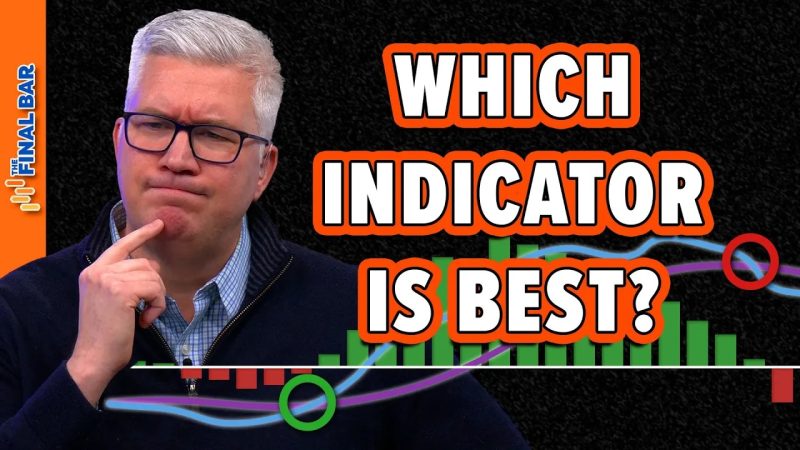Technical Indicator Showdown: MACD vs. PPO vs. PMO
MACD (Moving Average Convergence Divergence), PPO (Percentage Price Oscillator), and PMO (Price Momentum Oscillator) are all popular technical indicators used by traders and analysts to analyze the market trends and make informed decisions. Each of these indicators has its unique strengths and weaknesses, making them suitable for different trading strategies and preferences.
MACD is one of the oldest and most widely used technical indicators. It consists of two lines – the MACD line and the signal line. The MACD line is calculated by subtracting the 26-period Exponential Moving Average (EMA) from the 12-period EMA. The signal line is a 9-period EMA of the MACD line. Traders typically look for crossovers between the MACD line and the signal line to identify potential buy or sell signals. However, MACD can sometimes generate false signals in ranging markets as it is a lagging indicator.
PPO is a variation of the MACD indicator that measures the difference between two EMAs as a percentage of the faster EMA. This normalization allows traders to compare the indicator across different securities and timeframes. PPO can provide clearer signals than the traditional MACD, especially in volatile markets where prices fluctuate significantly. However, PPO may also give false signals when the market is choppy and lacks a clear trend.
PMO is a momentum oscillator that combines price and volume data to measure the strength and direction of a trend. It is calculated by subtracting the 35-period EMA of the closing price from the 20-period EMA and then smoothing the result with a 10-period EMA. PMO is particularly useful for identifying trend reversals and divergences between price and momentum. Traders can use PMO to confirm the strength of a trend or anticipate potential reversals in the market.
In conclusion, each of these technical indicators has its unique characteristics and advantages. MACD is a versatile indicator suitable for identifying trends and momentum shifts. PPO offers a normalized view of market trends, which can be helpful in comparing securities. PMO, on the other hand, focuses on price momentum and can signal potential trend changes. Traders and analysts can benefit from using a combination of these indicators to gain a comprehensive view of the market and make more informed trading decisions.
